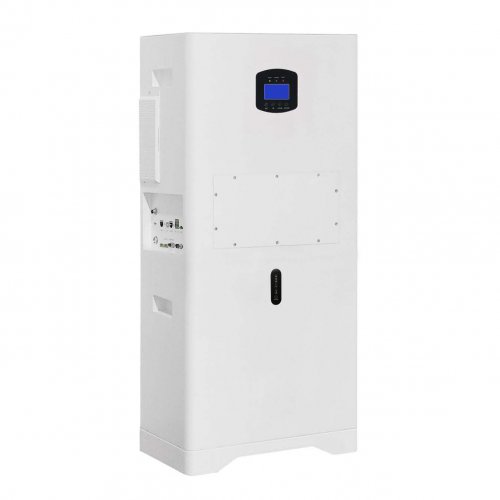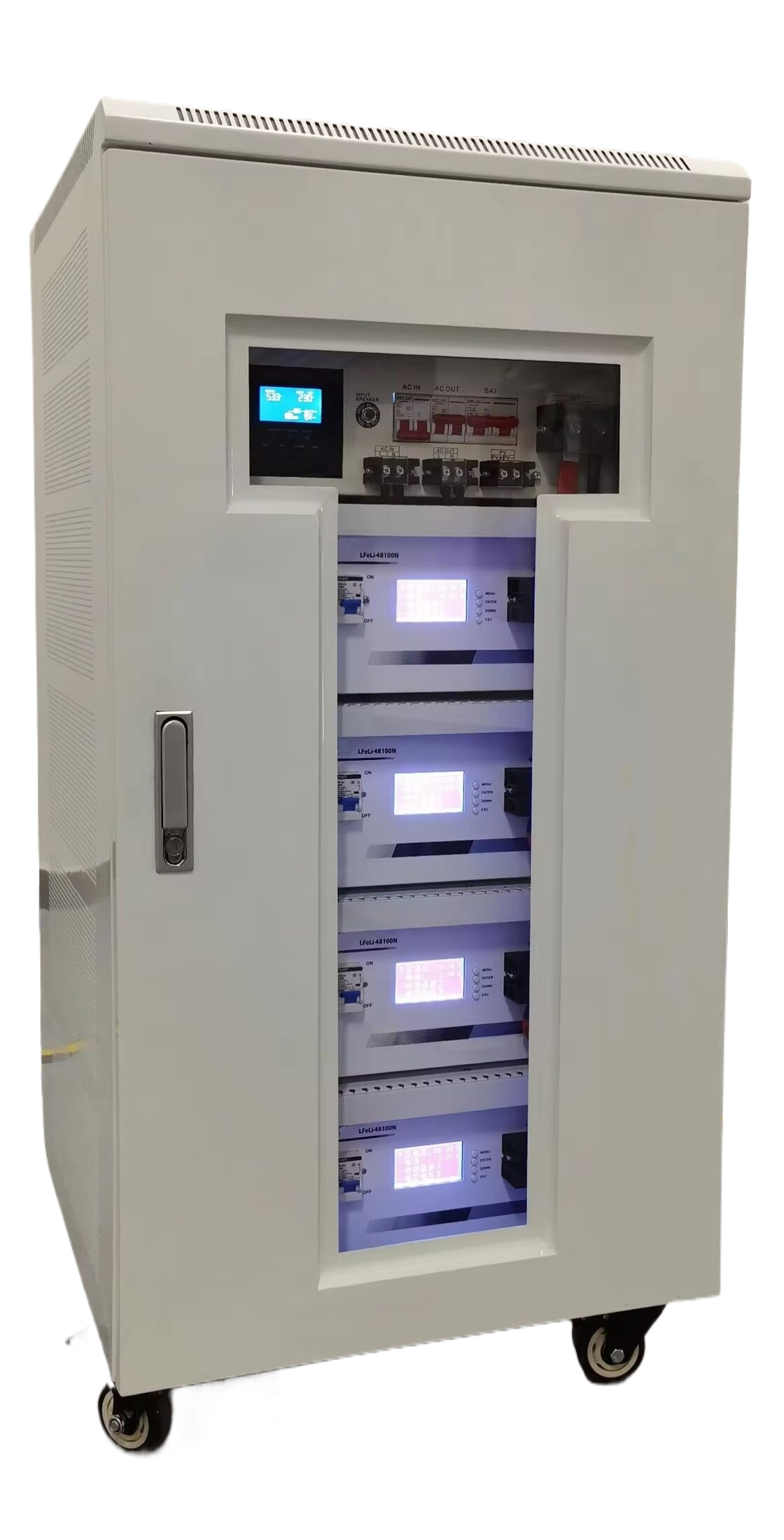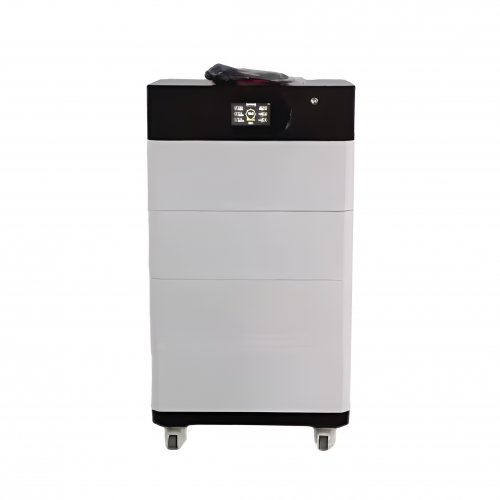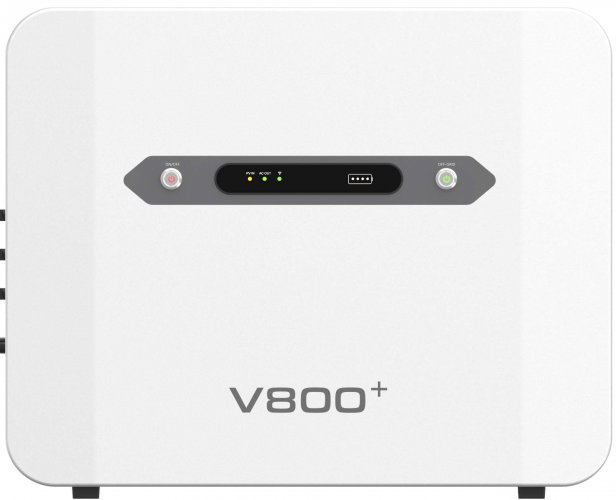Advances In Safety Performance: Integrating Ai, Human Factors, And Systemic Approaches
Introduction Safety performance has long been a critical metric in high-risk industries such as transportation, energy, and manufacturing. Traditionally measured through lagging indicators like incident rates, the field is now undergoing a paradigm shift. Contemporary research focuses on proactive, predictive, and holistic approaches that integrate technological innovation with a deeper understanding of human and organizational factors. This article reviews recent advancements in safety performance, highlighting breakthroughs in artificial intelligence, the evolution of safety indicators, and the growing emphasis on systemic resilience.
From Lagging to Leading Indicators: Predictive Analytics A significant research thrust involves moving beyond reactive metrics. While OSHA recordable rates remain common, they are insufficient for prevention. Leading indicators—proactive measures that predict safety outcomes—are now central to cutting-edge research. Studies explore metrics like frequency of safety meetings, near-miss reporting rates, and employee perceptions of safety climate (Zohar, 2010). The development of sophisticated predictive models using these indicators represents a major breakthrough. For instance, research in the construction industry has demonstrated that data from daily hazard analyses and toolbox talks can be fed into machine learning models to forecast the probability of incidents on a work site (Tixier et al., 2016). This allows for targeted interventions before an accident occurs, fundamentally enhancing safety performance.
The AI and IoT Revolution in Real-Time Risk Management The integration of Artificial Intelligence (AI) and the Internet of Things (IoT) is arguably the most transformative technical breakthrough in monitoring safety performance. Wearable sensors can now track workers' vital signs, fatigue levels, and exposure to hazardous gases in real-time. Computer vision algorithms analyze video feeds to detect unsafe behaviors such as failure to use personal protective equipment (PPE) or entering exclusion zones.
A recent study by Cheng et al. (2022) implemented a deep learning model on construction sites that reduced "struck-by" incidents by automatically alerting machinery operators when a worker was in their blind spot. In transportation, AI-powered telematics systems analyze driving patterns—hard braking, rapid acceleration—to provide personalized feedback and coaching, significantly improving driver safety performance (Fafoutellis et al., 2020). These technologies shift safety management from periodic audits to continuous, real-time oversight, creating an immediate feedback loop for corrective action.
Human Factors and the Next Generation of Safety Culture Technological advancement is most effective when coupled with a mature safety culture. Recent research delves deeper into the psychological and organizational determinants of safety performance. The concept of "psychological safety"—a shared belief that one can speak up with ideas, questions, or concerns without fear of punishment—has been strongly linked to improved safety outcomes (Edmondson & Lei, 2014). Teams with high psychological safety are more likely to report near-misses, leading to organizational learning.
Furthermore, the role of leadership has been refined. Transformational leadership, which inspires and motivates employees to prioritize safety beyond simple compliance, is now a key focus area. Research shows that leaders who actively coach their teams and model safe behaviors achieve sustainably better safety performance than those who rely solely on enforcement (Mullen & Kelloway, 2009). This human-centric approach ensures that technology is embraced rather than resisted by the workforce.
Resilience Engineering: Designing for Adaptive Capacity A pioneering frontier in safety science is Resilience Engineering (Hollnagel, 2014). This perspective moves away from the traditional view of humans as a liability or error-prone component. Instead, it focuses on how people and systems adapt to complex, unpredictable environments to maintain safety. Safety performance is thus redefined as the ability to succeed under varying conditions.
Research in this area examines how organizations can anticipate, monitor, respond to, and learn from disruptions. For example, studies in healthcare analyze how surgical teams adapt to unexpected complications, identifying communication patterns and resource flexibility as critical components of safety performance (Hollnagel et al., 2015). This represents a profound shift from preventing negatives (accidents) to enabling positives (resilient performance).
Future Outlook and Challenges The future of safety performance research lies in the seamless integration of these domains. Key trends include:
1. Explainable AI (XAI): As AI systems make more safety-critical decisions, ensuring their recommendations are transparent and understandable to human operators will be paramount for trust and effectiveness. 2. Integration of Mental Health and Wellbeing: The impact of psychosocial risks (e.g., stress, burnout) on safety performance is gaining recognition. Future metrics will likely incorporate employee wellbeing as a core leading indicator. 3. Ethical and Privacy Considerations: The widespread use of employee monitoring technology raises significant ethical questions. Future research must establish frameworks for using data responsibly to enhance, not undermine, trust and safety. 4. Cross-Industry Learning: The principles of resilience engineering and predictive analytics are being adapted from aviation and nuclear power to new domains like cybersecurity and healthcare, promising broad improvements in safety performance.
Conclusion The field of safety performance is evolving from a static, compliance-based exercise to a dynamic, data-driven, and human-centered discipline. Breakthroughs in AI and sensor technology provide unprecedented capabilities for real-time risk mitigation, while advanced research in human factors and resilience engineering offers a deeper systemic understanding of how safety is truly created. The ultimate goal is no longer just to avoid failure but to build systems that are inherently safe, adaptive, and resilient. The continued fusion of technological innovation with insights into human and organizational behavior will define the next era of safety performance excellence.
ReferencesCheng, T., Teizer, J., & Migliaccio, G. C. (2022). Real-time resource location data collection and visualization technology for safety performance.Automation in Construction, 134, 104054.Edmondson, A. C., & Lei, Z. (2014). Psychological safety: The history, renaissance, and future of an interpersonal construct.Annual Review of Organizational Psychology and Organizational Behavior, 1(1), 23-43.Fafoutellis, P., Mantouka, E. G., & Vlahogianni, E. I. (2020). Eco-driving and its impacts on fuel efficiency and safety performance.Journal of Transportation Safety & Security, 12(1), 27-45.Hollnagel, E. (2014).Safety-I and Safety-II: The past and future of safety management. CRC Press.Hollnagel, E., Wears, R. L., & Braithwaite, J. (2015).From Safety-I to Safety-II: A white paper. The Resilient Health Care Net.Mullen, J. E., & Kelloway, E. K. (2009). Safety leadership: A longitudinal study of the effects of transformational leadership on safety outcomes.Journal of Occupational and Organizational Psychology, 82(2), 253-272.Tixier, A. J. P., Hallowell, M. R., Rajagopalan, B., & Bowman, D. (2016). Application of machine learning to construction injury prediction.Automation in Construction, 69, 102-114.Zohar, D. (2010). Thirty years of safety climate research: Reflections and future directions.Accident Analysis & Prevention, 42(5), 1517-1522.
Customized/OEM/ODM Service
HomSolar Supports Lifepo4 battery pack customization/OEM/ODM service, welcome to contact us and tell us your needs.


HomSolar: Your One-stop LiFePO4 Battery Pack & ESS Solution Manufacturer
Our line of LiFePO4 (LFP) batteries offer a solution to demanding applications that require a lighter weight, longer life, and higher capacity battery. Features include advanced battery management systems (BMS), Bluetooth® communication and active intelligent monitoring.

Customised Lithium Iron Phosphate Battery Casing
ABS plastic housing, aluminium housing, stainless steel housing and iron housing are available, and can also be designed and customised according to your needs.

HomSolar Smart BMS
Intelligent Battery Management System for HomSolar Energy Storage System. Bluetooth, temperature sensor, LCD display, CAN interface, UART interface also available.


Terminals & Plugs Can Be Customized
A wide range of terminals and plugs can be customised to suit the application needs of your battery products.

Well-designed Solutions for Energy Storage Systems
We will design the perfect energy storage system solution according to your needs, so that you can easily solve the specific industry applications of battery products.



About Our Battery Cells
Our energy storage system products use brand new grade A LiFePO4 cells with a battery lifespan of more than 4,000 charge/discharge cycles.



Applications in Different Industries
We supply customized & OEM battery pack, assemble cells with wiring, fuse and plastic cover, all the cell wires connected to PCB plug or built BMS.
Applications: E-bike, Electric Scooter, Golf Carts, RV, Electric Wheelchair, Electric Tools, Robot Cleaner, Robot Sweeper, Solar Energy Storage System, Emergency Light, Solar Power Light, Medical Equipment, UPS Backup Power Supply.
We can provide you with customized services. We have the ability to provide a vertical supply chain, from single cells to pack/module and to a complete power solution with BMS, etc.


HomSolar (Shenzhen) Technology Co., Ltd
























